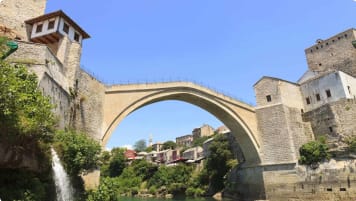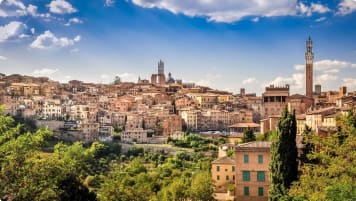Learning about Caravaggio's Paintings: The Definitive Guide for Seniors
Caravaggio’s Paintings Michelangelo Merisi da Caravaggio (1571-1610) was a leading 16th century Italian painter whose short but tempestuous life rivalled the controversy and drama he created through his highly influential art. Born in Lombardy, northern…
4 May 21 · 12 mins read
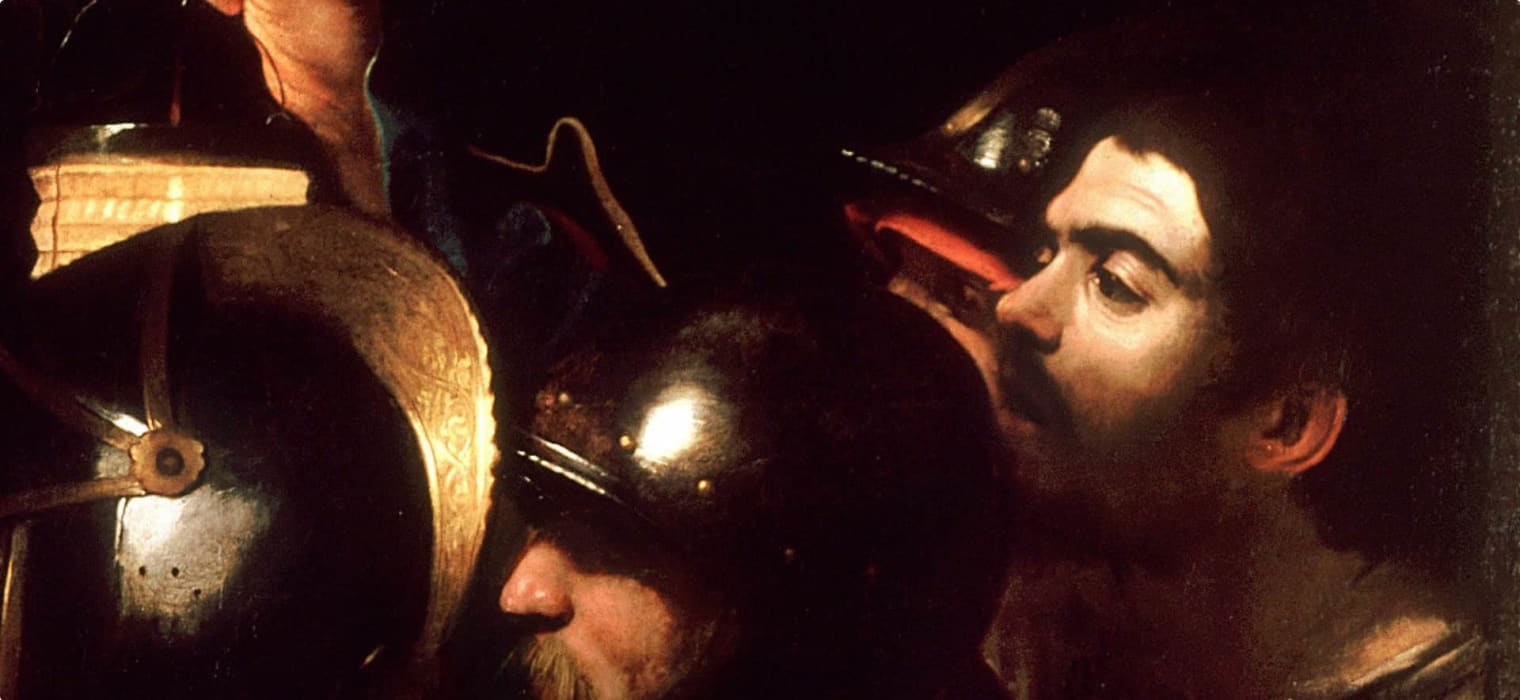
Caravaggio’s Paintings
Michelangelo Merisi da Caravaggio (1571-1610) was a leading 16th century Italian painter whose short but tempestuous life rivalled the controversy and drama he created through his highly influential art. Born in Lombardy, northern Italy, he had always been known by the name of his hometown–Caravaggio.
He made waves in Rome‘s artistic circles with his distinctive style. While his contemporaries still followed the elegant and sensuous Mannerist style of Raphael and Michaelangelo, Caravaggio painted religious scenes with “unsettling realism”, going for an intense, dramatic, and visceral style never before applied to Biblical paintings at that time. His style influenced Holland’s Rembrandt (see related article), and his staging of his subjects and his innovative use of light and shadow (chiaroscuro) have influenced filmmakers such as Martin Scorsese. However, his life was cut short in 1610, while he was on the run for murder.
We will know more about his life and technique through the ten Caravaggio paintings we will look at closely in this article. Keep in mind, some of the dates of these paintings are still being disputed, therefore some sources may list the paintings as being completed earlier or later.
Boy with a Basket of Fruit (1593)
Caravaggio moved to Rome at the age of 20 in the summer of 1592 to try his luck in Italy’s capital and artistic centre. Thousands of artists were flocking to Rome to work on commissions, usually art pieces and sculptures for the churches being built. As an unknown young artist without powerful patrons, Caravaggio’s early days were marked by financial struggles and artistic frustration. He worked at the workshop of Giuseppe Cesari, also known as Cavaliere d’Arpino, one of the most-prominent artists in Rome at the time. However, Cesari only hired Caravaggio to paint pictures of ‘flowers and fruit’, which the young artist resented.
Boy with a Basket of Fruit was one of the paintings he finished in Rome, and was among the pieces that remained with Cesari until it was seized by Cardinal Scipione Borghese in 1607. It might have been a ‘demonstration piece’, a way for Caravaggio to prove to Cesari that he could do more.
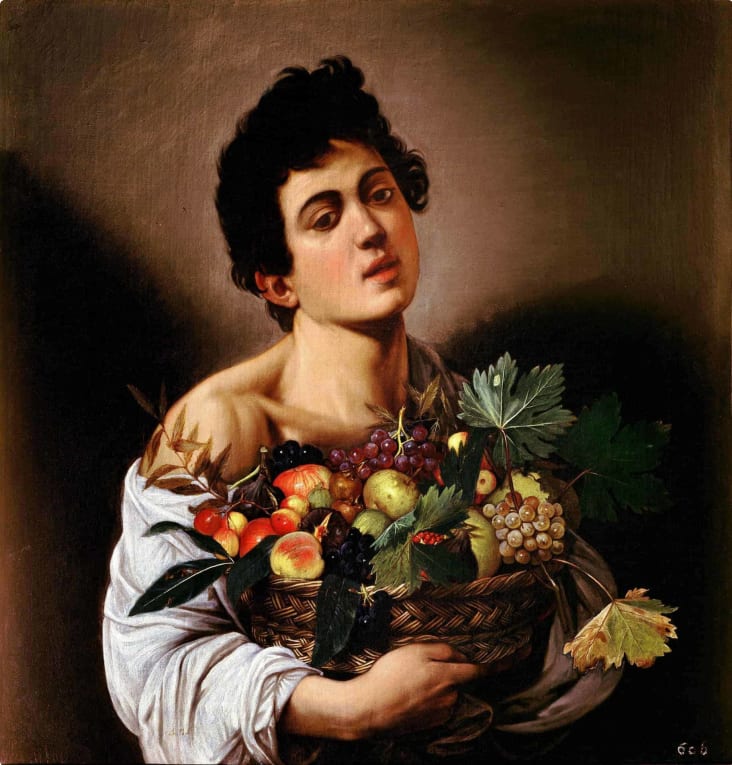
The model for the boy in the painting was Caravaggio’s friend, Mario Minniti, who was 16 at the time. Minniti would serve as a model in successive Caravaggio paintings until 1600.
Here, we can already see the traits that would define Caravaggio’s work: stark realism (the fruits look real and not idealised, as can be seen in the brown leaf spilling out of the basket) and breaking from convention. According to Sebastian Schütze in Caravaggio: The Complete Works (2009, Taschen), Caravaggio ’employed a synthesis of multiple genres’ (p. 45). Boy with a Basket of Fruit is both still life and portrait, defying the boundaries (and hierarchies) between genres. Davide Gasparotto, senior curator of the Getty Museum, also notes that the boy’s open mouth suggests speech and movement, which is new, as portraits depict people simply posing for the painter.
This painting highlighted what a master of texture Caravaggio was and his incredible level of technical skill he possessed.
Repentant Magdalene (1594)
Also called Penitent Magdalene, Caravaggio’s painting Repentant Magdalene continues his break from tradition. This is believed to be Caravaggio’s first religious painting, and is a departure from traditional Magdalene iconography; here she is portrayed in contemporary clothing and without the sensuality other painters use to paint Magdalene (e.g. Titian’s 1533 painting of the same subject shows her naked). Instead, Caravaggio’s depiction shows Magdalene kneeling, with her hands clasped and neck bent, a single tear running down her face. Next to her is an open bottle of liquor and a string of broken pearls. The painting has been both praised and criticised over the centuries with scholars today still trying to discern exactly what sort of statement Caravaggio was trying to make with this painting.
Some believe he may have been making a statement about the treatment of prostitutes by making reference to the fall of Mary Magdalene and hinting at the violence prostitutes faced in biblical times and during his time. Caravaggio hired several prostitutes to sit as models for his works and some art historians beliee that the model for this painting may have been the prostitue, Anna Bianchini. Due to her work, Bianchini often faced violence from the police, including being publicly whipped.
His critics were unimpressed by his re-imagining of Mary Magdalene as a modern woman and many disliked what they saw as a linking between the Bible’s prostitute and women of the time. However, the painting has also been praised its evocation emotion. Jesuit poet Giuseppe Silos commented in 1673: ‘We can see the silent remorse hidden in her conscience, and in the depths of her heart she is burned by a secret flame. Certainly Caravaggio’s colors are so lively as to reveal even her most intimate sentiments. A rare bird is that painter who can so clearly expose in a mere image that which is hidden in the blind darkness of the conscience.’
You can also see here Caravaggio’s use of light and shadow (chiaroscuro), which will be more pronounced in his later paintings.
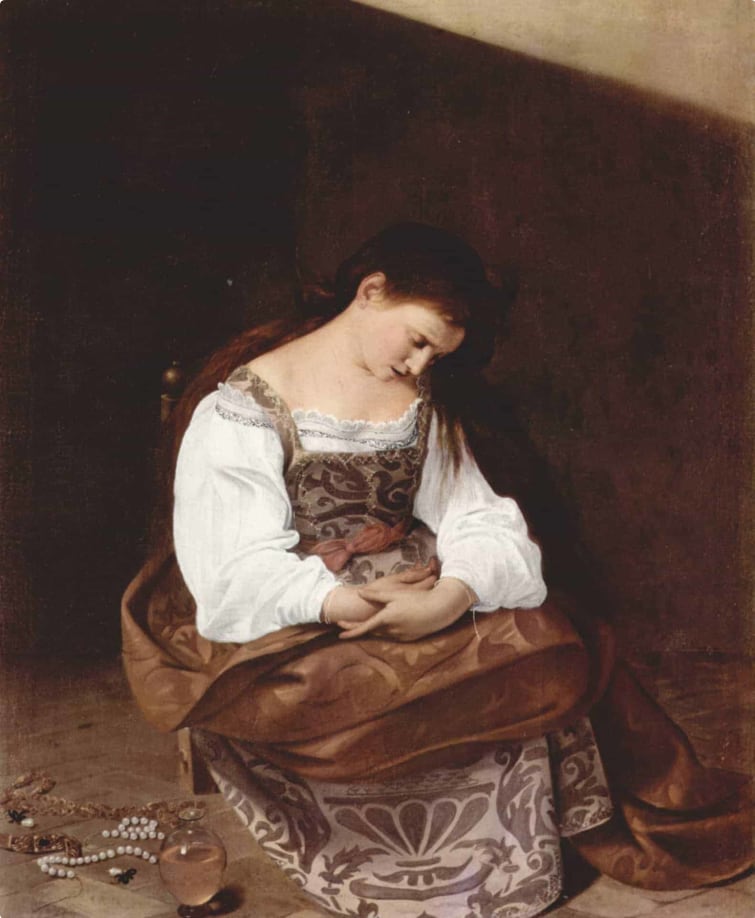
Caravaggio later found a patron in Cardinal Francesco del Monte. The cardinal was the ambassador of the powerful Medici family, and Caravaggio was introduced to the cardinal’s social circle. These connections led to the public art commissions that would make Italy aware of Caravaggio’s genius.
Rest on the Flight to Egypt (1596/97)
Anna Bianchini is speculated to have served as Caravaggio’s model for Magdalene, and she was the model again for Mary in Rest on the Flight to Egypt. This is a religious painting of a common subject – Mary, Joseph, and the infant Jesus resting during their flight into Egypt – but again, Caravaggio employs an unusual composition, setting up the richly detailed scene as ‘a kind of fête champêtre, a musical picnic’. The angel is not part of the usual narrative of the Holy Family’s escape, but here the angel takes centre stage, playing music for the sleeping Mary and her infant while Joseph holds up a hymn book.

Bacchus (1598)
This is a half-length portrait similar to his earlier Boy with a Basket of Fruit, probably commissioned by his patron, Cardinal Francesco del Monte. Bacchus (in Greek mythology, Dionysus) is the Roman god of wine, fertility, and theatre, and is often used as a symbol of excess. Here, Caravaggio depicts him as an adolescent, offering wine to the viewer.
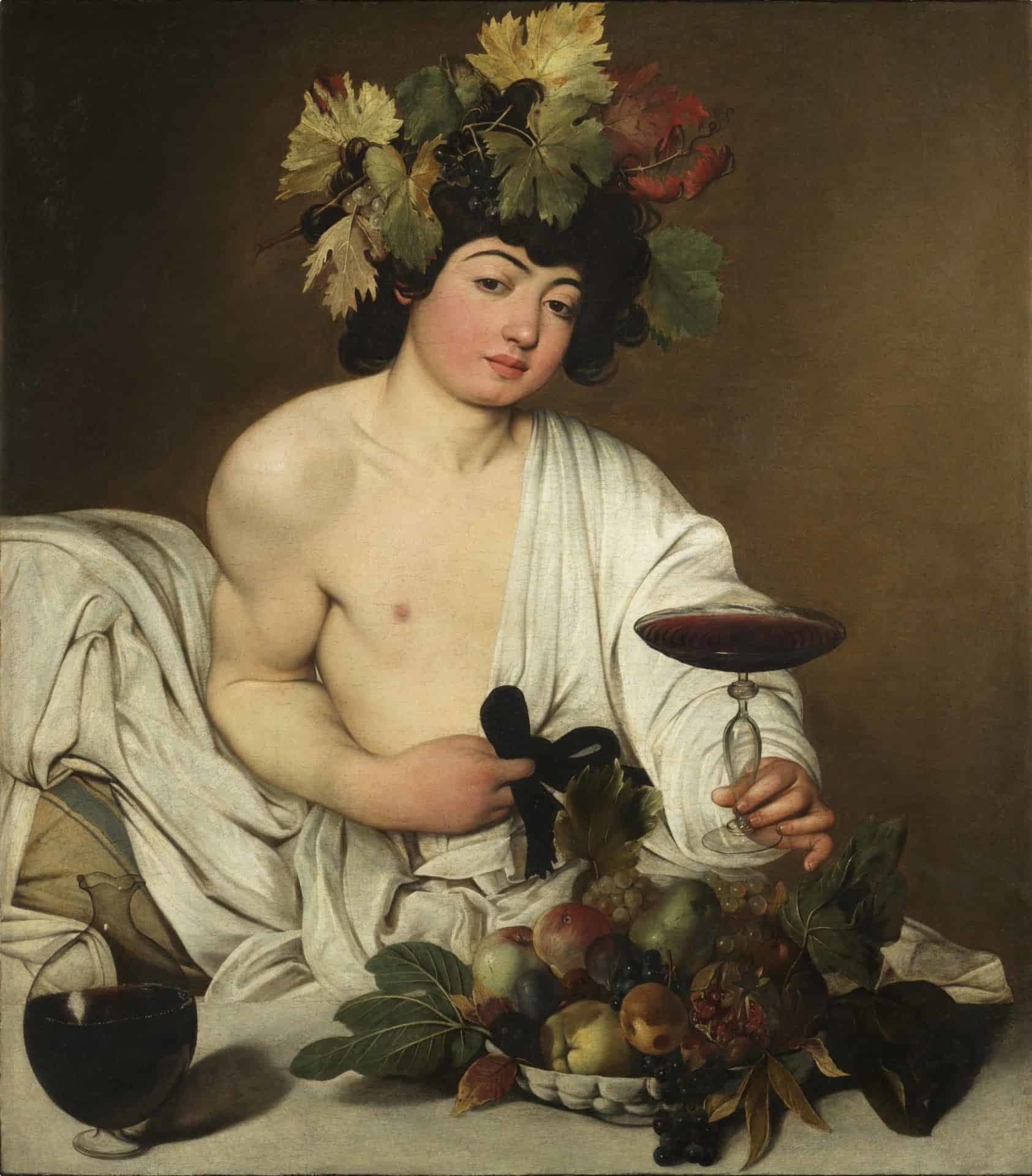
However, the fruits in the foreground are not as fresh or inviting as the fruit in Boy with a Basket of Fruit. Note as well the black dirt under the young Bacchus’s fingernails. The fruits are bruised and overripe, which critics suggest symbolises the fleetingness of youth.
Judith Beheading Holofernes (1598/99)
This painting is based on the Biblical story of Judith, who has her own book in the Old Testament. Judith seduces and decapitates the Assyrian general Holofernes, who has lain siege to the city of Bethulia, where she lives.
Caravaggio’s painting, which depicts the decapitation, is notable for its dramatic impact, colour composition (the red drape placed at the top as though to crown the beheading) and the portrayal of human emotion on the figures’ faces: Holofernes trapped in a scream of horror, and the disgust and determination on Judith’s face.
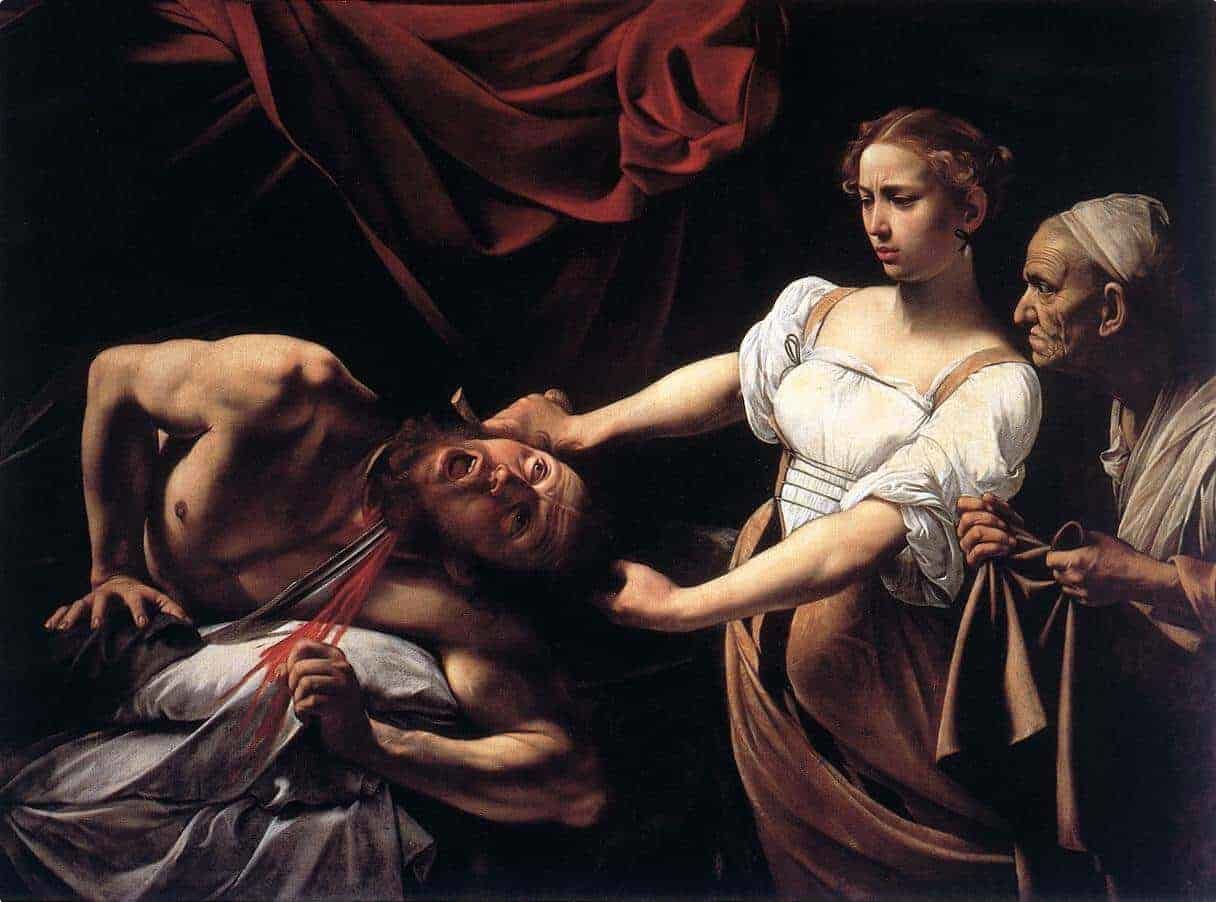
The painting has been in the news lately. A second version of this scene, that depicts Judith with her face towards the viewer rather than Holofernes, was found by accident in an attic in France in 2014, and sold to American billionaire hedge fund manager and art collector J. Tomilson Hill in June 2019, as reported by the New York Times. Initially, a no-reserve auction was planned in Toulouse but the auction was cancelled after the private sale.
Eric Turqin, an Old Masters expert, examined the painting and believes it to be the work of Caravaggio. However, other experts think it could be the work of Louis Finson, a Flemish acolyte of Caravaggio who made work in a similarly theatrical style.
The painting is expected to be lent to a major museum.
The Calling of Saint Matthew (1600)
Caravaggio’s The Calling of Saint Matthew illustrates a passage from the Gospel of Matthew: ‘Jesus saw a man named Matthew at his seat in the custom house, and said to him, ‘Follow me’, and Matthew rose and followed Him.’ (Matthew 9:9)

The Calling of Saint Matthew has been exhibited for more than 400 years in the Contarelli Chapel in the church of San Luigi dei Francesi in Rome, alongside two other Saint Matthew paintings, also by Caravaggio: The Martyrdom of Saint Matthew and The Inspiration of Saint Matthew.
Calling, exhibiting Caravaggio’s characteristic dramatic lighting, shows the tax collector Levi (later the apostle and saint) seated around a table with other men (all in contemporary clothing) and responding with a very simple and human gesture – pointing to himself, as if to say “Me? – imbuing a casualness and ordinariness to a monumental Biblical moment.
The painting was commissioned by order of the late Cardinal Matthew Contarelli (the order overseen by executors of his will) to honour his namesake apostle. The oil painting was to decorate the walls of the chapel, as the ceiling already had frescoes by Cesari. Caravaggio’s patron Cardinal Del Monte stepped in to secure the job for the young artist, which became Caravaggio’s first major public commission.
The Inspiration of St Matthew (1602)
The Inspiration of Saint Matthew, replacing the chapel’s altarpiece that was deemed unsatisfactory, was the last of the three oil paintings Caravaggio finished, and among his more difficult commissions. The first version of the painting (brought to the Kaiser Friedrich Museum in Berlin and unfortunately destroyed in World War II) was rejected by his patron for being blasphemous. You can see the black and white reproduction below:
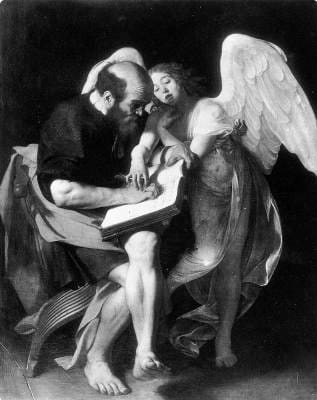
In Caravaggio’s first go of the subject, depicting Saint Matthew writing the first Gospel of the New Testament, the saint and the angel are sitting in close proximity. This version was criticised for “Matthew’s lack of decorum” and how the angel provided “more direct intervention than divine inspiration“. It might have been Caravaggio’s first taste of the Catholic Church’s rigid traditions going up against his artistic vision.
In any case, Caravaggio managed to create a second version pretty quickly that satisfied Cardinal Del Monte. Here, the angel’s position (and distance) clearly communicates divinity and inspiration. This is the version we still see over the altar in the chapel today.
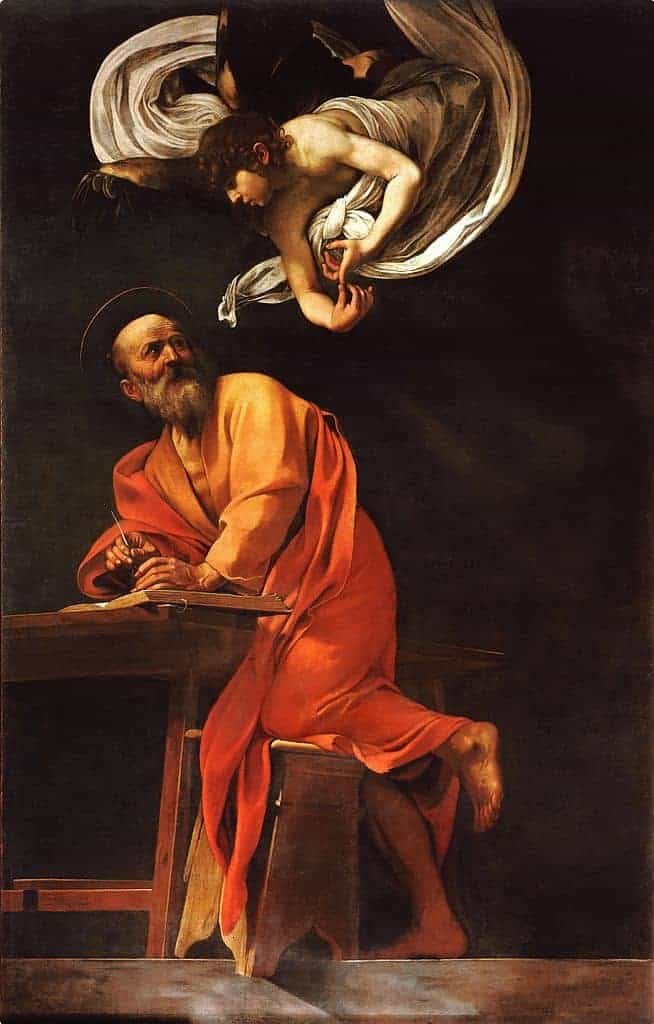
Beheading of St John the Baptist (1608)
When the Saint Matthew paintings were unveiled to the public, Caravaggio became an instant star in Rome. But his good fortune would not last.
In 1606, Caravaggio got into an argument with another man over a gambling debt (or perhaps a woman). The argument escalated into a sword fight, which resulted in Caravaggio stabbing his rival and killing him. The Italian painter fled Rome, and he was convicted in absentia of murder.
He fled to Naples, then Malta. Malta had the distinction of being ruled by an order of crusading knights, the Knights of St John Hospitaller, until it was acquired by Britain during the Napoleonic Wars. It was in Malta where Caravaggio painted this altarpiece, which still hangs in St. John’s Co-Cathedral in Malta’s capital, La Valetta. Featuring life-sized figures, it is considered a masterpiece of the 17th century. It is also notable for being the only painting Caravaggio signed. You can see his signature (“f [fecit= Latin for ‘he made it’] michela”) which can be seen in the Baptist’s blood.

The painting so impressed the Knights of Malta that it gained Caravaggio entry into the Order of St John. (He was, however, later expelled after getting into another argument.)
David with the Head of Goliath (1610)
This painting was documented in the collection of Cardinal Scipione Borghese no later than 1613, and has been dated as early as 1605 and as late as 1610. Using the later date, this meant the painting was produced after the murder Caravaggio committed, and is often read as an expression of his guilt and sorrow (especially since the severed head of Goliath is a self-portrait). Here, David is not celebrating his victory. He looks disgusted, even saddened, by his rival’s death.
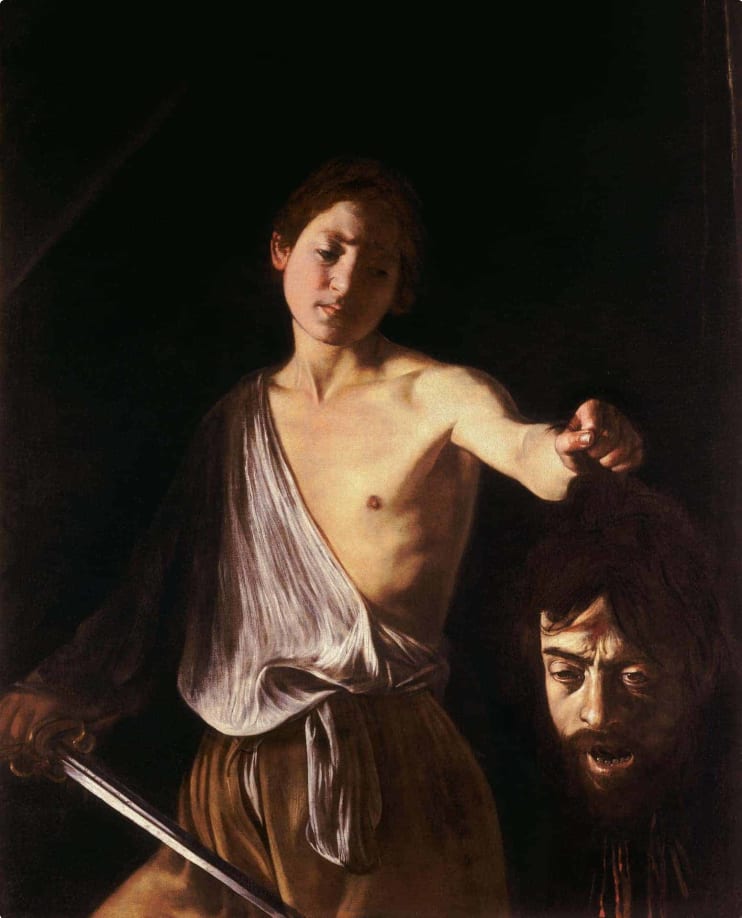
The Martyrdom of Saint Ursula (1610)
In 1610, Caravaggio’s friends were busy campaigning the Pope for the painter’s pardon, but before Caravaggio could return to Rome, he succumbed to an illness in Tuscany at the age of 38. (Fever was one theory regarding his death, but the true cause remains unknown.)
The Martyrdom of Saint Ursula was completed in Naples mere months before his death. Caravaggio once again includes a self-portrait here, as a spectator to the murder of Saint Ursula. According to legend, she was killed by the leader of the Huns whom she refused to marry. In this depiction, murderer and victim occupy a claustrophobic space. Saint Ursula is shot with an arrow at point-blank range; she gazes down at the arrow with mild surprise.
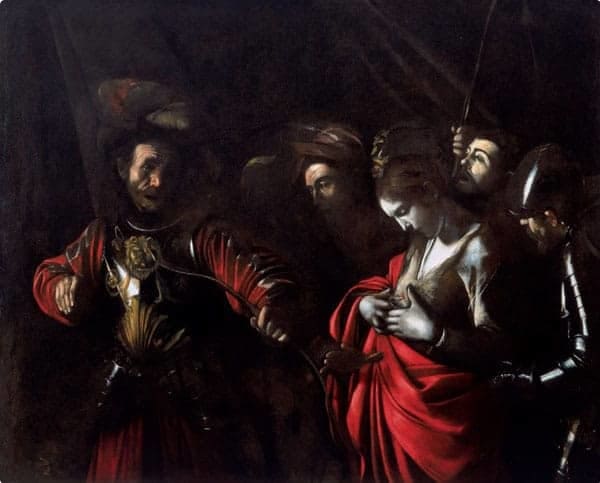
Still Missing: Nativity with San Lorenzo and San Francesco (1609)

We’ve written about this missing painting before. For nearly 400 years, Caravaggio’s Nativity with San Lorenzo and San Francesco hung above the altar in the Oratory of San Lorenzo in Palermo – until thieves cut it from its frame in 1969.
To quote the New York Times, ‘In the ’60s, no major crime could occur in Palermo without the Mafia knowing about it.’ When the Caravaggio went missing, investigators naturally turned to Cosa Nostra. The Mafia was said to be involved in the illegal trade of stolen art, which was used to pay for drugs and weapons.
Over the years, Mafia turncoats (pentiti) gave conflicting accounts regarding the painting’s fate: burned in a fire, abandoned in a farm outhouse and eaten by mice or pigs, used as a bedside rug, locked underground in an iron case, sold for diamonds in South Africa, etc.
Italian investigators are convinced Caravaggio’s Nativity is still in one piece, and have visited ‘an unspecified city’ in Eastern Europe. However, art detective Charles Hill, speaking to The Guardian, says he believes the painting is still in Sicily, being used by the Cosa Nostra as collateral for drug deals.
As of today, the painting’s fate remains a mystery. Only time will tell whether this 49-year search will have a happy ending. Until the masterpiece is found, a high-quality copy of Caravaggio’s Nativity, produced by art laboratory Factum Arte in 2015, hangs in its place.
A Long-lost Masterpiece?
In April 2021, a small but luminous oil painting discovered in Madrid caused a stir in the art world. The painting of an agonized Christ, attributed to an unknown peer of the 17th century Spanish artist José de Ribera, had been slated for auction with a guide price of €1,500, before suspicion arose that it may in fact be a long-lost Caravaggio masterpiece known as the Crowning with Thorns.

The Spanish government quickly stepped in to block the auction and impose an export ban on the painting, allowing for experts to first determine who painted it. As of writing this process is still underway. If suggestions prove correct and it is a Caravaggio piece, it could be worth up to 150 million euros.
The painting’s current owners, three siblings who said they had inherited it from their father, said they had no idea that hanging in their home for 50 years was a Caravaggio that could easily be worth millions.
The mix up between Ribera and Caravaggio is understandable. An article by the Guardian explains, “Ribera, the son of a shoemaker, studied in Rome and was a noted follower of Caravaggio and an admirer of his use of chiaroscuro, the use of strong contrasts between light and dark.”
Massimo Pulini, an authoritative art historian and professor at the Bologna Fine Arts Academy, has suggested that it was in fact Caravaggio who painted this work, doing so in 1605 to enter a competition arranged by the aristocrat Massimo Massimi. Less than a year later, however, with Caravaggio fleeing Rome on the run for murder, Pulini believes the work fell victim to a common practice at the time known as the “condemnation of memory”. Artists who had committed crimes had their paintings or frescoes destroyed or their names removed from the works they had created. Pulini suggests then that Massimi may have decided to get rid of the painting and sell it in Spain.
Upon initial examination, experts at the Prado Museum in Madrid hinted that there is “sufficient documentary and stylistic evidence to consider that the painting … may be an original work by Caravaggio”. Art historians are now forensically examining the canvas and paint to confirm its age, comparing it to the styles and technology available in the era it was created in, along with reviewing other artists and students who were painting at that time. Determining its authorship will take time; but until then the possibility that the piece is a Caravaggio will continue to captivate art lovers across the world.
Tour of Caravaggio
If you want to learn more about Caravaggio and his other masterpieces, Odyssey Traveller has an escorted small group tour tracing Caravaggio’s journey, viewing the artistic works he left behind and exploring the tumultuous life he led. This tour follows him from his birthplace in Milan, to Rome, Malta, Sicily, and on to Naples. This tour was especially designed for the active mature and senior traveller and stays in eight different cities over 20 days. Click through to sign up.
The encircled numbers on the map below refer to the number of nights spent in each destination, with green indicating the starting point, and the red circle the end point.
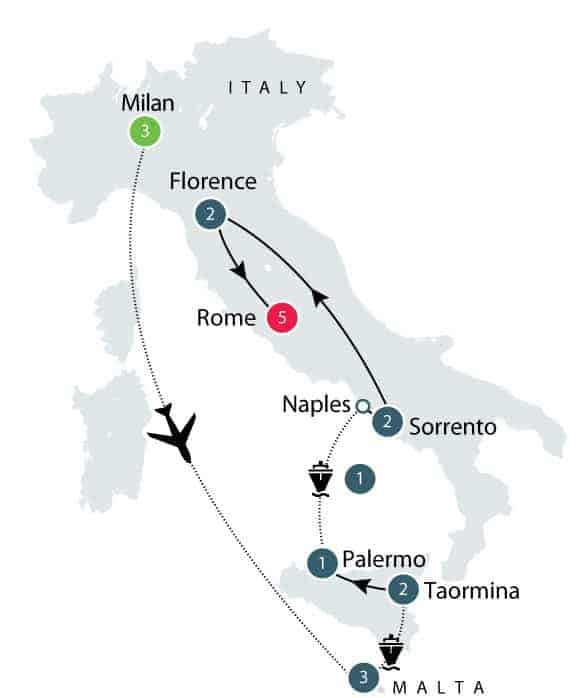
Originally published October 8, 2019. Updated on May 4, 2021.
Related Tours
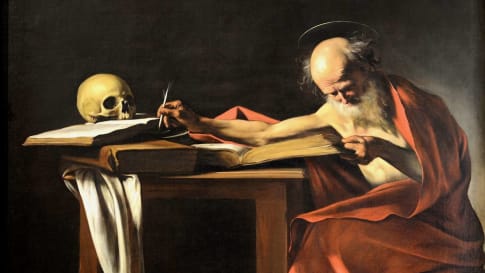
20 days
May, OctCaravaggio’s Journey | Small Group Tour in Italy
Visiting Italy, Malta
On this small group tour of Italy and Malta for mature and senior couples and solo travellers we trace the life of Caravaggio, exploring the artistic works he left behind and the tumultuous life he led. We follow him from his birthplace in Milan to Rome, Malta, Sicily and Naples. In each place he lived Caravaggio left behind a rich legacy of art for us to admire.
From A$15,125 AUD
View Tour
22 days
Mar, Sep, MayFlorence: Living in a Renaissance City
Visiting Italy
A small group tour with like minded people, couples or solo travellers, that is based in Florence. An authentic experience of living in this Renaissance city The daily itineraries draw on local guides to share their knowledge on this unique European tour. Trips to Vinci, Sienna and San Gimignano are included.
From A$14,375 AUD
View Tour
20 days
JulItaly Puccini Festival small group Tour
Visiting Italy
The Puccini festival is an escorted tour complete with local guides as part of our small group travel program, we will also visit Rome, Siena, Florence, Lucca, Viareggio, Genoa, Milan, Verona, and Venice. Join like minded people on this European tour in Italy. For solo travellers there is a nominal single supplement charged.
From A$15,995 AUD
View Tour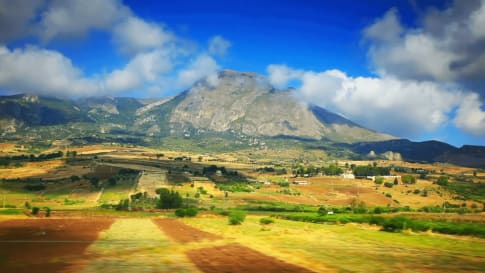
25 days
Apr, Sep, OctMediterranean Islands Small Group Tour | Malta, Sicily, Sardinia and Corsica
Visiting Corsica, Italy
For centuries Malta, Sicily, Sardinia and Corsica held the key to the Mediterranean. Unlike other European tour companies, Odyssey provides a tour leader and local guides to share detailed itineraries about the destinations on these small group journeys. This escorted tour of western Mediterranean explores the geography, history, culture and peoples of these 4 islands. Small group tour for mature couples and solo travellers. A reasonable single supplement is charged.
From A$19,750 AUD
View Tour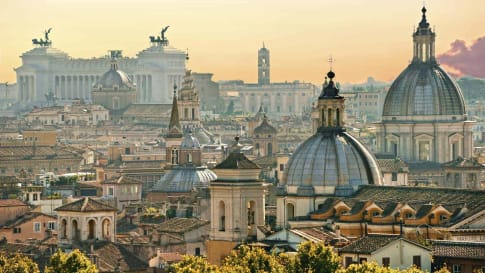
15 days
DecDiscover Rome | Cultural and History Small Group Tour for Seniors
Visiting Italy
Rome is arguably the most fascinating city in Italy, the capital city, once the centre of a vast, ancient empire and still today a cultural focus within Europe. Explore the city in-depth as part of a small group program spending 15 days exploring, just Rome and Roman History.
From A$9,235 AUD
View Tour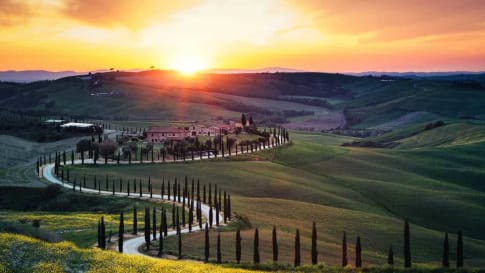
17 days
Sep, AugVia di Francesco Walking Tour | Small Group Walking Tours Italy
Visiting Italy
Experience with like minded people a small group journey walking Via di Francesco (or the Way of St. Francis) in Italy. One of a few European tour companies who offer a tour leader and local guides for senior couples and single travellers on this journey between the key destinations on this walk.
From A$12,050 AUD
View Tour

